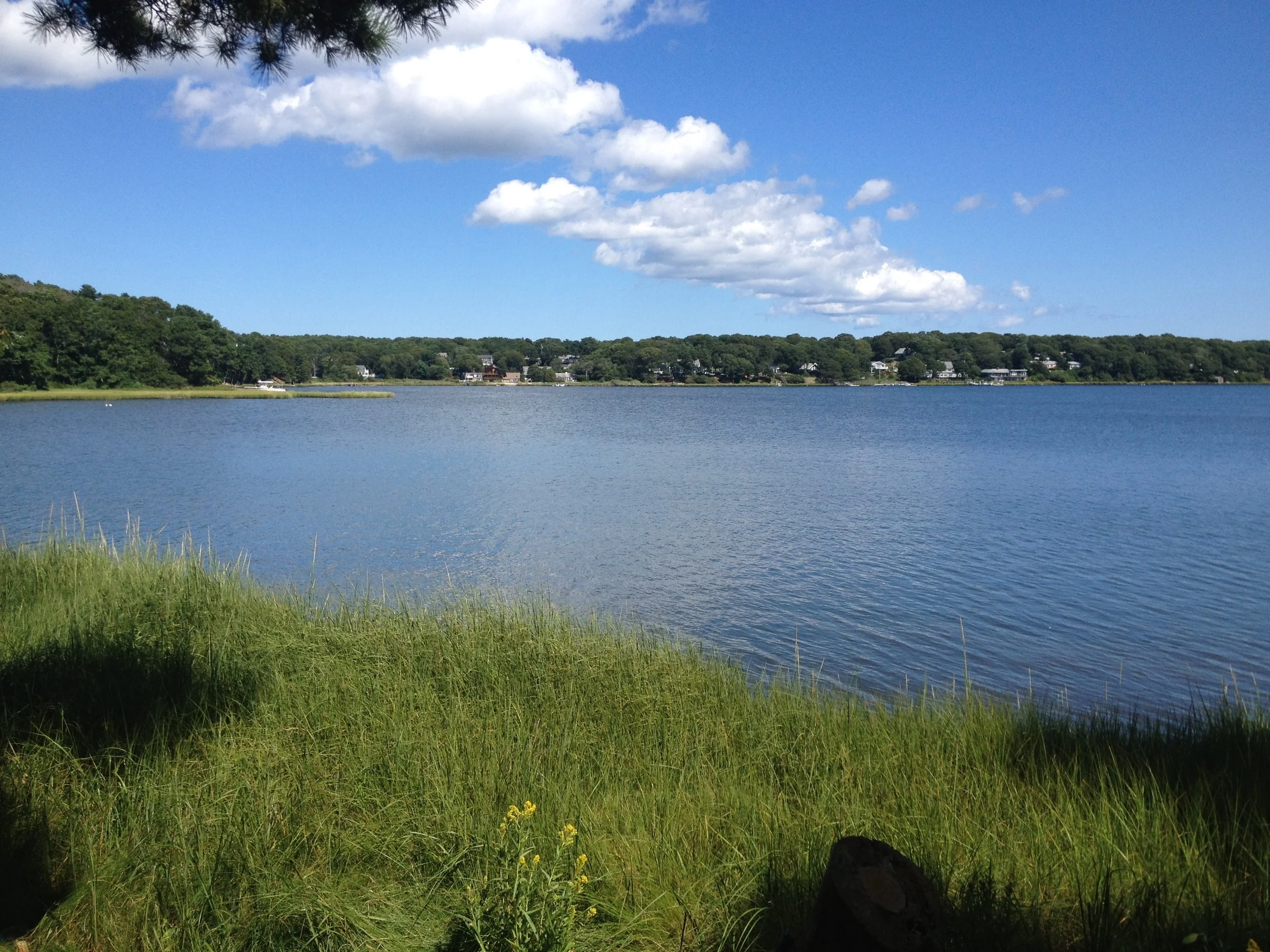Curtin Archaeological Consulting, Inc. is seeking field assistants for the excavation of an Archaic period chert workshop and campsite in the Saratoga Springs area.
Browsing for a Book
CRM Re-Opening: Precautions to Reduce the Risk of Covid-19 Spread
Archaeologists have been adjusting to working within the surrounding context of Covid-19 transmission since the pandemic forced us to shutter our offices in March to work at home. This experience has been somewhat different for each Cultural Resource Management (CRM) organization, although the common experiences of needing to do office and even lab work at home, and to find appropriately safe ways to work in the field loom large.
The Funk Foundation's 2018 Grant Cycle
Robert E. Funk in the field, Upper Susquehanna Valley, New York
Photo courtesy of the New York State Museum
The Robert E. Funk Memorial Archaeology Foundation, Inc. is now accepting proposals for grants for research in New York State archaeology. Grant applications must be received by May 7, 2018. The grant applications will be reviewed by the Funk Foundation Board of Directors in a competitive process with award decisions made by June 22, 2018. Further information including the grant application forms can be found on the Funk Foundation website at www.funkfoundation.org. If you have any questions, please email Funk Foundation Board President Ed Curtin at ed@curtinarchaeology.com, or call Ed at (518) 928-8813.
The 2018 grants are for amounts in the range of $1,000.00-$2,500.00. They are ideal to assist parts of stand-alone research projects or studies that are parts of larger projects. For example, Funk Foundation grants have been made to support a range of services such as faunal analysis, radiocrabon dating, petrographic slides, lithic analysis, and remote sensing. Funk Foundation grants do not support fieldwork other than technical applications such as remote sensing.
Looking for Leif Erikson: A Busman’s Holiday along the Bass River, Cape Cod
Cape Cod reaches out from New England like a great strong arm, elbow bent, hand curving inward as if to clench a fist. Cape Cod fights against the crashing Atlantic as its land is carved away and slowly sinks below the rising sea. Behind the crumbling bluffs backing Nausett and the other Atlantic beaches lays an historic land where Pilgrims landed in 1620, Puritan settlers built houses and mills, and Wampanoag Indians mustered the resilience to match the colonial enterprise back then and for the next 400 years.
One Head, Many Hats: The Diverse Expertise of Cultural Resource Management (CRM) Archaeologists
Recently, my friend Nina Versaggi provided a contribution to The Conversation that succinctly and beautifully offers her perspective of a career in archaeology. While Nina conveys the excitement of archaeological discovery and the importance of reconstructing the past, she also talks about the varied responsibilities and skill-sets that many American archaeologists have as cultural resource managers.
January in June? 1816, the Year without a Summer
Since I’m seeing news-reference again to the infamous Year without a Summer, I resurrect this piece from a couple years back. 200 years ago this month, a Ballston Spa, New York newspaper story stated that June 6, 1816 dawned cold and snowy. In the “Year without a Summer” it was reported in Ballston Spa that 5 inches of snow fell in June, and 12 inches during June through August.
Curtin Archaeological Consulting, Inc.— Who We Are
August Pleasure Reading: Summer Winds Down
“Stone, My Friends: Humanity’s First Non-Renewable Resource”
The science fiction writer Isaac Asimov declared: “Stone, my friends, was humanity’s first non-renewable resource. Luckily there is so much of it that it never became scarce!” In a seminar on the future of space as a non-renewable resource, it was clear where Asimov was going: he was going to cover Alpha to Omega, everything from the origin of stone technology to the positioning of satellites in orbit, and further concerns beyond the earth’s gravitational pull. But he didn’t spend long on stone, the resource that didn’t become scarce.









